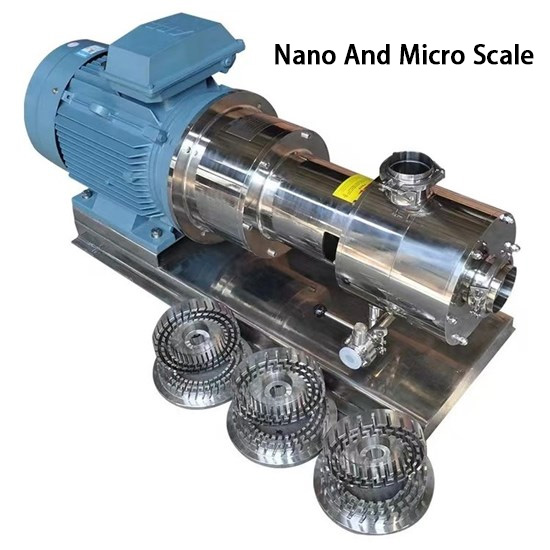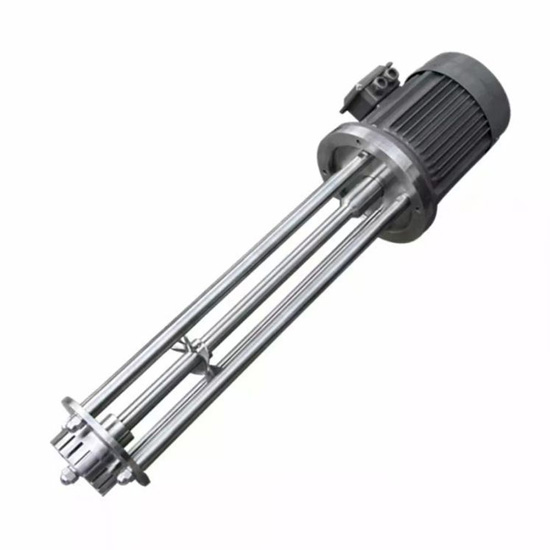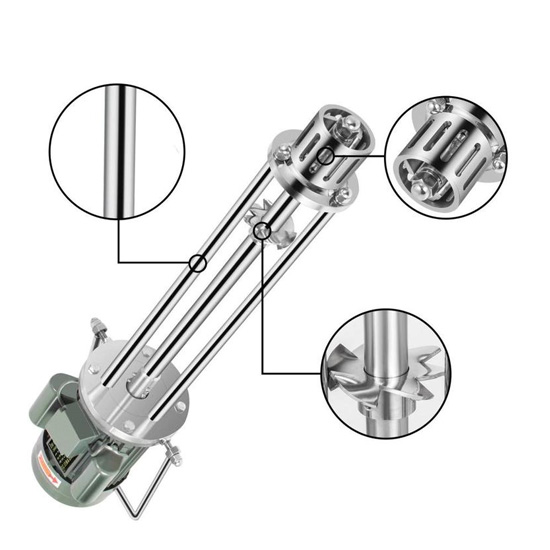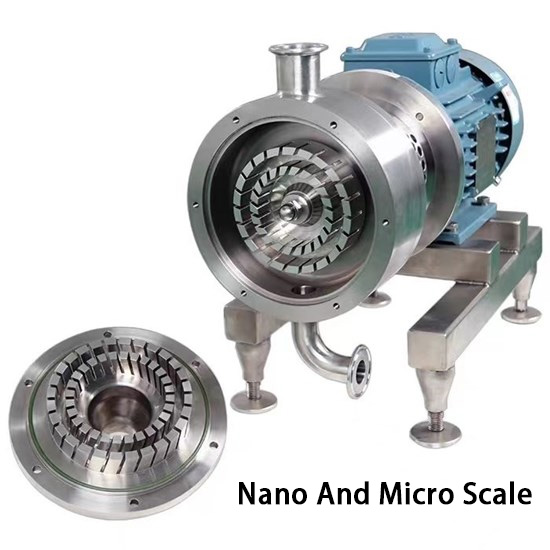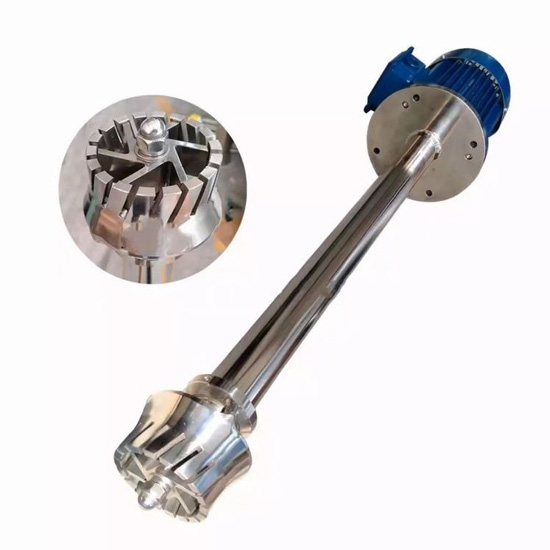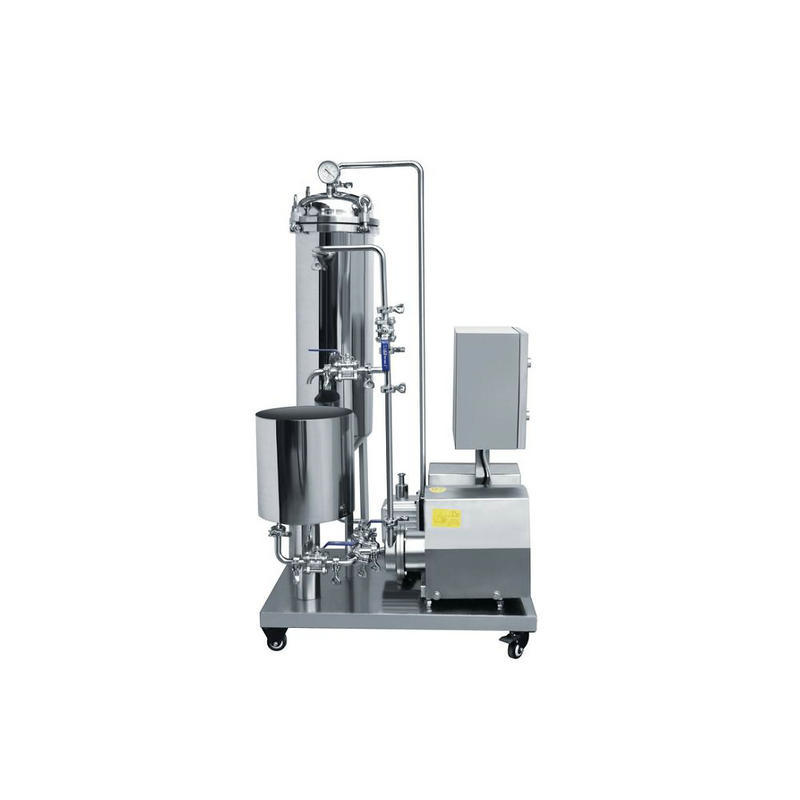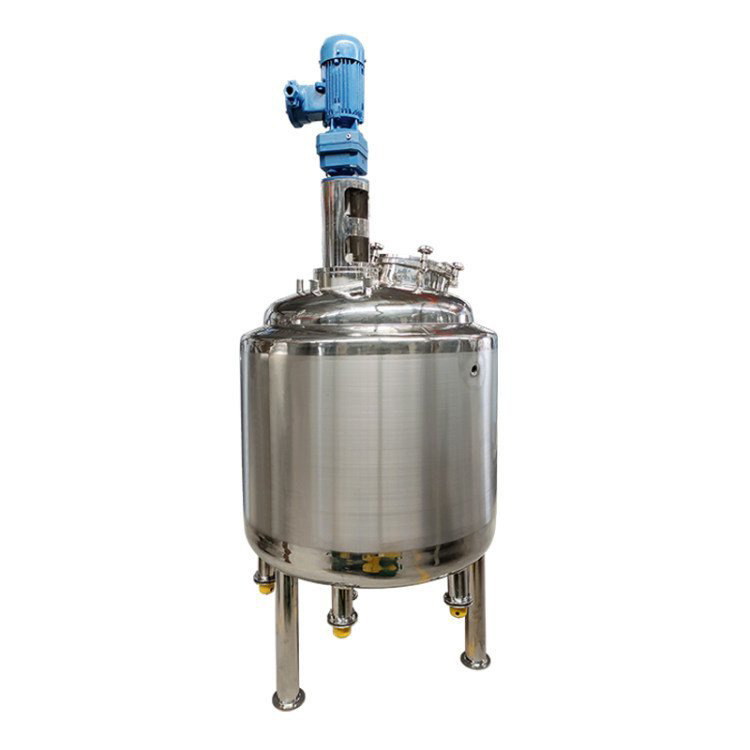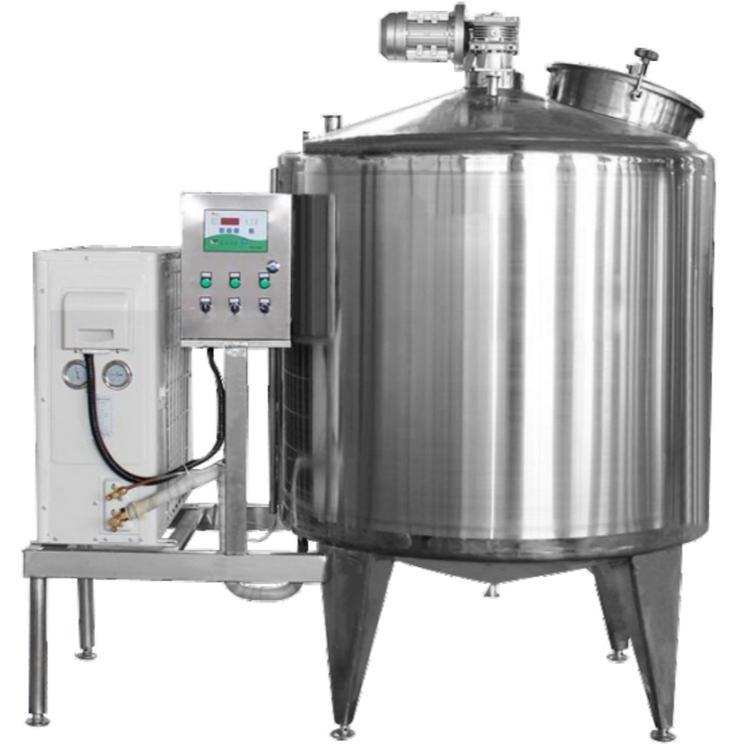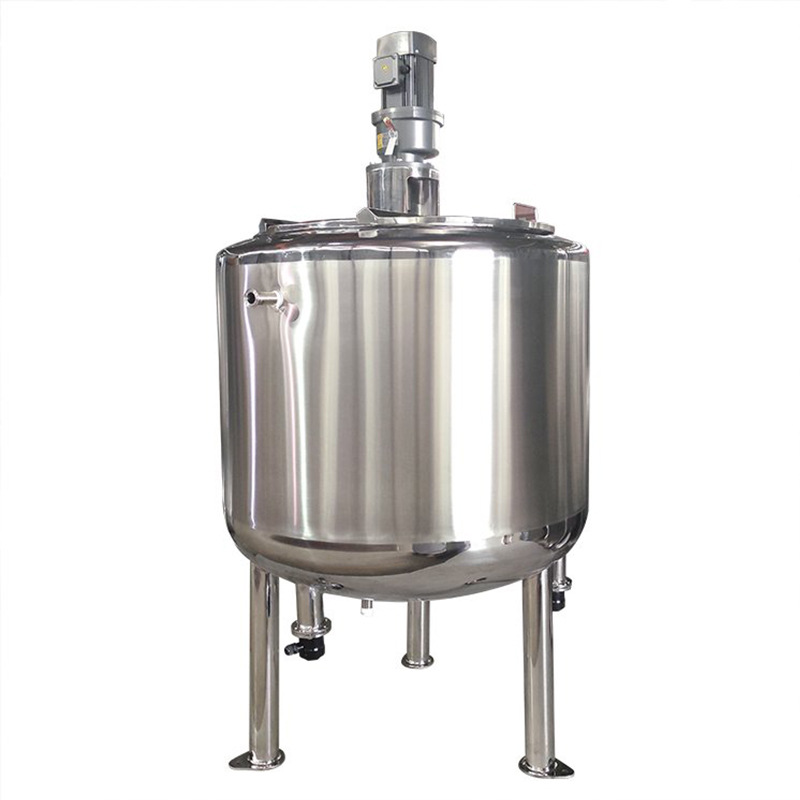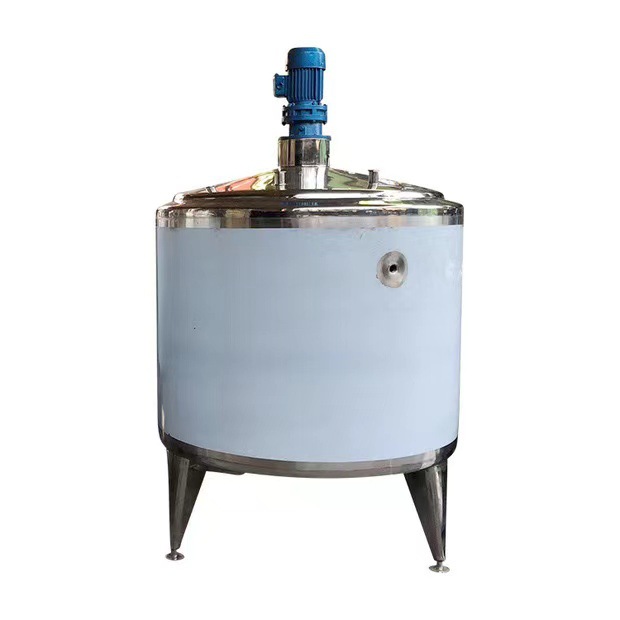Do You Know The Difference Between An Emulsifier And A Disperser?
Emulsification Pump and dispersers are widely used in chemical, pharmaceutical, food and other industries. Although they are similar in some aspects, they are obviously different in function, structure and application.
First of all, from the functional point of view, the emulsifier is mainly used to mix two or more immiscible liquids and form a stable emulsion, such as oil-water emulsion.
The emulsifier uses a high-speed rotating agitator or emulsifying head to strongly shear, impact and stir the liquid, so that the immiscible liquids are mixed evenly on a microscopic scale to form a stable emulsion.
The disperser is mainly used to evenly disperse solid particles or droplets in the liquid so that the particles or droplets reach the micron or nanometer level.
The disperser uses high-speed stirring or ultrasonic waves to subject particles or droplets to strong shear and impact forces, thereby achieving uniform dispersion.
Secondly, from the structural point of view, there are also obvious differences between emulsifiers and dispersers.
The emulsifier usually includes an emulsifying head, agitator and a motor.
The emulsifier head is generally cylindrical or conical, with multiple high-speed rotating blades or gears inside, which mix and emulsify the liquid through high-speed rotation and shearing.
The disperser includes a stirrer, a motor and a control system.
The stirrer is generally disc-shaped or rod-shaped, with multiple blades or gears on the surface, which disperses particles or droplets through high-speed rotation and shearing.
Finally, from the application point of view, emulsifiers and dispersers also have different scopes of application.
Emulsifiers are widely used in cosmetics, coatings, pesticides, food and other fields to prepare various emulsions, suspensions and other products.
Dispersers are mainly used in chemical, pharmaceutical, ceramic, coating and other fields to prepare various nanomaterials, pigments, fillers and other products.
In summary, although both emulsifiers and dispersers are liquid handling equipment, they have obvious differences in function, structure and application.
Emulsifiers are mainly used to prepare products such as emulsions and suspensions, while dispersers are mainly used to prepare products such as nanomaterials and pigments.
Therefore, when choosing liquid handling equipment, it is necessary to choose the appropriate equipment according to the actual needs and product characteristics.
In practical applications, there are still some issues that need to be paid attention to for emulsifiers and dispersers.
For example, when using an emulsifier, it is necessary to pay attention to factors such as the speed and shear force of the emulsifying head, as well as emulsification temperature and emulsification time, to ensure the quality and stability of the emulsion.
At the same time, when using a disperser, it is necessary to pay attention to factors such as the speed and stirring time of the agitator, as well as factors such as the selection of the dispersion medium and the size of the particles, to ensure the dispersion effect and product quality.
In addition, when using these devices, safety issues must also be paid attention to.
For example, it is necessary to regularly check the operating status of the equipment and the wear of the components, and to promptly clean up the residues and impurities inside the equipment, etc., to avoid equipment failure and product quality problems.
At the same time, when operating these devices, it is necessary to comply with relevant safety operating procedures and precautions to ensure the safety of the operator and the normal operation of the equipment.
In short, emulsifiers and dispersers are widely used in chemical, pharmaceutical, food and other industries. They each have unique functions and structures, and it is necessary to select appropriate equipment according to actual needs and product characteristics.
At the same time, when using these devices, attention should be paid to issues such as operational safety and product quality to ensure the normal operation of the equipment and the stability of the product.
